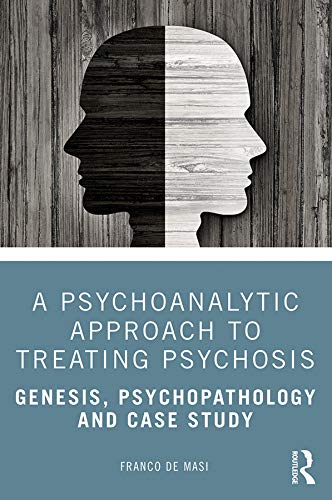

Most ebook files are in PDF format, so you can easily read them using various software such as Foxit Reader or directly on the Google Chrome browser.
Some ebook files are released by publishers in other formats such as .awz, .mobi, .epub, .fb2, etc. You may need to install specific software to read these formats on mobile/PC, such as Calibre.
Please read the tutorial at this link: https://ebookbell.com/faq
We offer FREE conversion to the popular formats you request; however, this may take some time. Therefore, right after payment, please email us, and we will try to provide the service as quickly as possible.
For some exceptional file formats or broken links (if any), please refrain from opening any disputes. Instead, email us first, and we will try to assist within a maximum of 6 hours.
EbookBell Team

4.3
58 reviewsA Psychoanalytic Approach to Treating Psychosis shows how, by understanding the antecedents and dynamics of psychosis, a psychoanalytic approach can offer a long-term alternative to the only psychotropic therapy and an explanation of the infantile origin of the illness.
This ground-breaking examination begins by clearly explaining complex terms and theories from the most significant thinkers in psychoanalysis. Split into three parts, it then explores the problems faced when following one specific technique for understanding the psychotic process. Practical as well as theoretical, Part 2 illustrates how to prepare an appropriate setting for the patient, including the importance of listening and the analyst’s approach, as well as highlighting key features of the condition, such as delusions, hallucinations, infantile withdrawal and psychotic dreams. Acknowledging that psychosis is a psychic transformation which the mind works as a sensorial organ, the author asserts that the seeds are sown in childhood through emotional trauma, leading to withdrawal into a fantasy world.
Brimming with real-life vignettes throughout, Part 3 is dedicated to a unique and lengthy case study to illustrate the challenges of working with such patients. It also looks positively towards future research on psychosis informed by insights from neuroscience.
Innovative and accessible, this book will be essential reading for anyone working in psychosis, including psychoanalysts, psychiatrists, psychologists and physicians.